
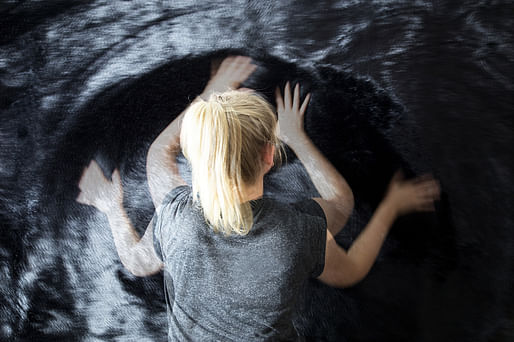
As much as design impacts our everyday sensory experiences, our own senses can also shape new ways of designing. Opening on April 13, “The Senses: Design Beyond Vision” is a new exhibition at the Cooper Hewitt, Smithsonian Design Museum in New York that invites visitors to encounter design with all of their senses through interactive installations and more than 40 touchable objects created in collaboration with over 65 designers and teams.
Curated by Ellen Lupton and Andrea Lipps and designed by NYC-based architecture firm Studio Joseph, the exhibition explores how sensory experiences can be expanded, as well as how sensory design can solve problems and improve everyday life for all people. Plus, audio and visual descriptions of the works will ensure the exhibition is enjoyable for visitors of all abilities.

The exhibition is divided into 11 different themes: Introducing the Senses, Sensory City, Tactile Library, Shaping Sound, Sensory Materials, Tactile Expression, Sensory Appetites, The Sensory Table, Senses and Cognition, Inclusive Environments, and Sensory Theater.
Two installations introduce the exhibition: Studio Roos Meerman and KunstLAB Arnhem's “Tactile Orchestra” (cover photo), a wall covered in synthetic fur that plays a recording of a string instrument whenever a user touches it. A playful take on olfactory-driven memories, “Dialect for a New Era” features six translucent pillars with a line of text that describes a complex emotional state. Visitors push a button to release a unique scent that lets them create new connections between language and smell. The piece was created by Frederik Duerinck and Marcel Van Brakel, Polymorf, and International Flavors & Fragrances, Inc., in collaboration with linguist Asifa Majid and perfumer Laurent Le Guernec.
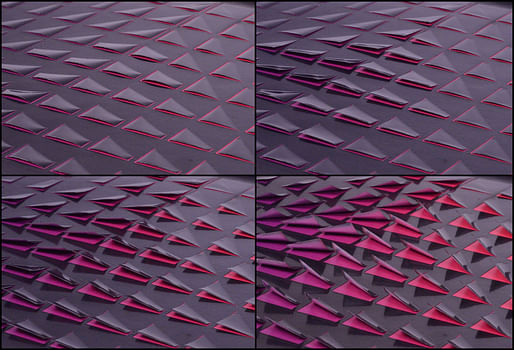
“Active Textile” by MIT's Self-Assembly Lab with Designtex and Steelcase features small perforations that open and close in response to changes in light or temperature.

Architects Ronald Rael and Virginia San Fratello made 3D-printed vessels printed from coffee, tea, sugar, curry and the skins of Chardonnay grapes, which visitors can smell through glass vitrines.
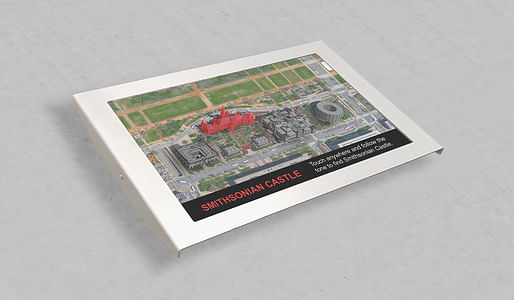
Some works in the Tactile Library include a 3-D map of the Smithsonian in Washington D.C. — designed by Steven Landau of Touch Graphics — that talks when touched. Joshua Miele of the San Francisco LightHouse for the Blind and 2 Visually Impaired with Raizlabs designed the TMAP system, which creates tactile maps based on almost any street address. The world's first braille smartwatch, the Dot Watch, will also be on display.
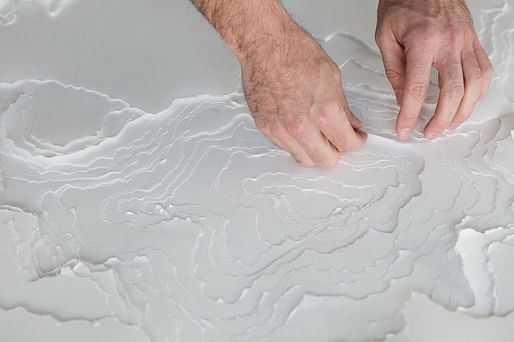
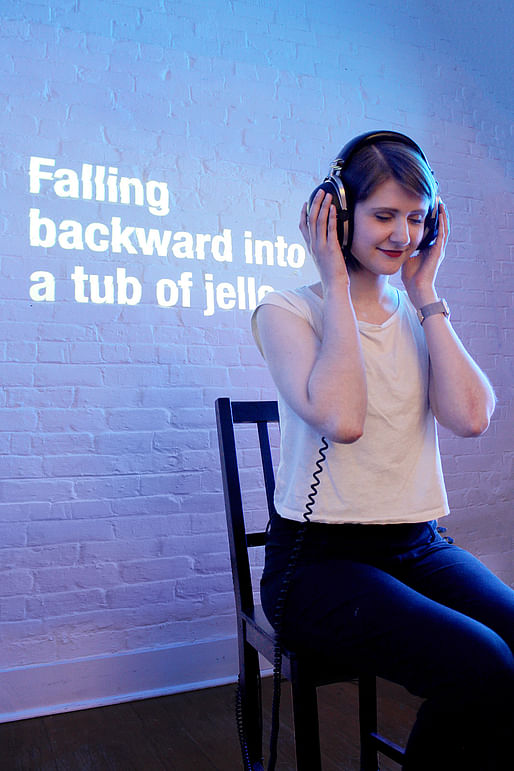
Sosolimited's “Seated Catalog of Feelings” sends vibration patterns through the seat and back of a chair to evoke odd sensations, like “falling backward into a tub of jello”.
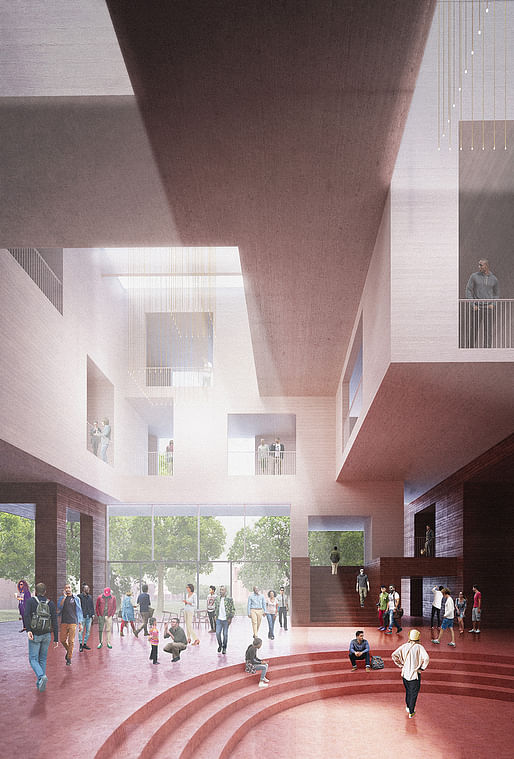
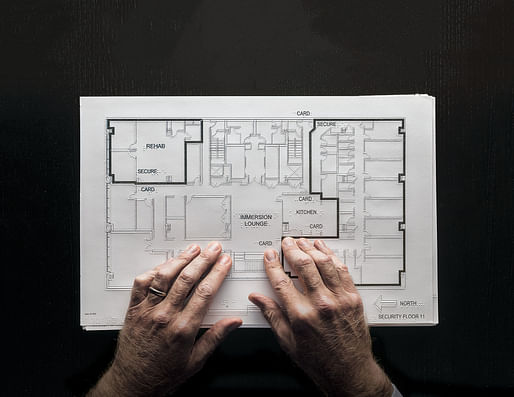
Inclusive Environments acknowledges people's sensory differences by presenting multiple ways to communicate and navigate. Some works include Gallaudet University's DeafSpace Sensory Design Guidelines project, which uses light, color, materials, and reflective surfaces to enhance communication and wayfinding; and the interior of the LightHouse for the Blind and Visually Impaired in San Francisco, designed by Mark Cavagnero Associates in collaboration with architect Chris Downey, who is blind, and Arup.
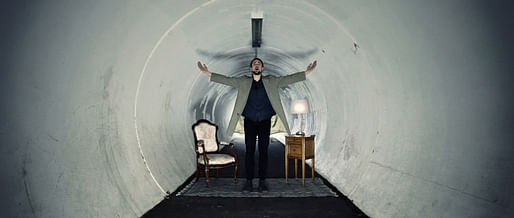
The Sensory Theater includes the film “The Wikisinger”. Directed by Vincent Rouffiac, the film explores the effects of architecture on a song performed by Joachim Müllner in different locations. Audio descriptions voiced by Michele Spitz make the videos accessible to people with vision loss. In “Visual Sounds of the Amazon”, Andy Thomas uses particle effects animation software to visualize the bird and insect sounds.
“Across all industries and disciplines, designers are avidly seeking ways to stimulate our sensory responses to solve problems of access and enrich our interactions with the world,” Cooper Hewitt Director Caroline Baumann said in a statement. “‘The Senses’ shares their discoveries and invites personal revelation of the extraordinary capacity of the senses to inform and delight.”
“The Senses: Design Beyond Vision” will be open from April 13-October 28.

Peja Culture Pavilion
Register by Wed, Dec 11, 2024
Submit by Tue, Jan 28, 2025

Denver Single-Stair Housing Challenge
Register by Thu, Dec 12, 2024
Submit by Thu, Jan 23, 2025

The Last Nuclear Bomb Memorial / Edition #5
Register by Thu, Jan 16, 2025
Submit by Wed, Feb 19, 2025
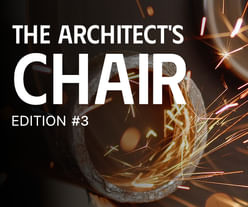
The Architect's Chair / Edition #3
Register by Wed, Jan 15, 2025
Submit by Tue, Feb 18, 2025
No Comments